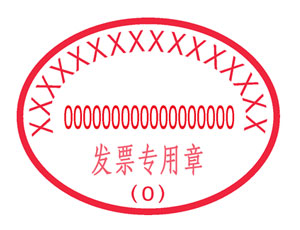What are the differences between “general invoices” and “special VAT invoices” in China?

Aug. 16 – In China, invoices (or “fapiao” in Chinese) are more than just ordinary receipts. Contrary to other countries, where invoices are usually used simply to record a transaction, in China they are also the way in which the government monitors the tax paid on any transaction. Fapiao are printed, distributed, and administrated by tax authorities, and taxpayers are required to purchase the invoices they need from the tax authorities according to their business scope.
Fapiao can mainly be sorted into two categories – general invoices and special value-added tax (VAT) invoices. Although these terms are often used interchangeably, there are notable differences between the two.
First, the latter can be used for tax deduction purposes, while the former cannot. Second, as the VAT invoice is used for tax deduction purposes, it will contain a lot more details with respect to the trader’s information, including tax number, address, telephone number, bank account information. Finally, the purchase amount on a VAT invoice is usually explicitly broken down into its non-tax and tax components, while the amount shown on the general invoice is usually a tax-inclusive figure. It is therefore important to check with your accountant with regard to which type of invoice you need according to the purpose intended.


